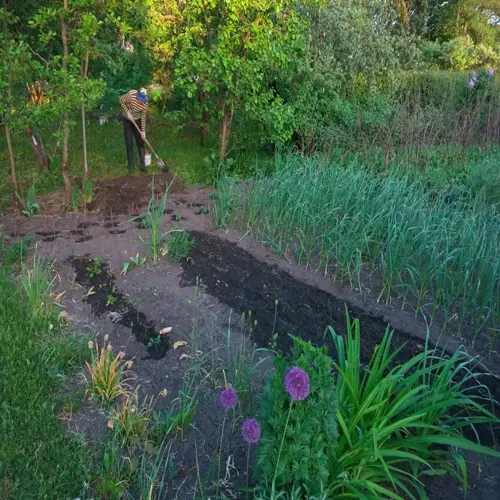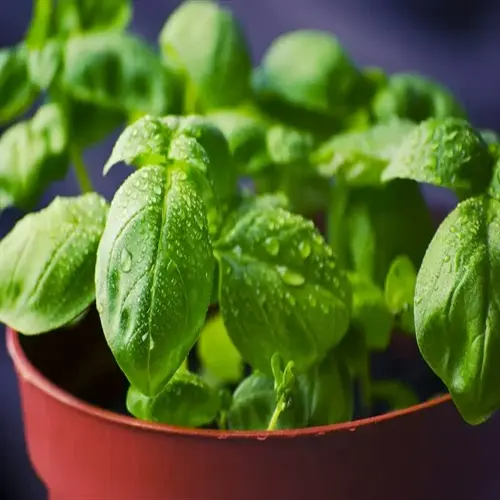Which plants shouldn't grow near garlic?

Written by
Michael Sullivan
Reviewed by
Prof. Martin Thorne, Ph.D.Knowledge of garlic's allelopathic properties could lead to a successful garden design. Garlic releases chemicals that suppress the growth of some plants or enhance the development of others. A good placement of garlic will enhance all its advantages and mitigate some of its conflicts. Each year, I move my garlic from one area to another to maintain a balance in the soil chemistry.
Legumes
- Peas and beans suffer nitrogen fixation disruption
- Growth reduced by sulfur compounds from garlic roots
- Yield decreases documented in university trials
Asparagus
- Mutual growth inhibition observed
- Root systems compete for phosphorus
- Separate by minimum 4 feet
Strawberries
- Garlic alters berry flavor profile
- Increased susceptibility to mites
- Fruit size reduction documented
Provide strategic spacing between incompatible species. Apart from legumes and garlic, there should be a minimum of 4 feet. Cut barriers with lettuce crops between incompatible species and crops. I use raised beds for better control. Monitor the plant responses and adjust each season.
Seasonal adjustments optimize companion planting benefits. Move garlic locations yearly to avoid depleting the soil. In spring, focus on tomato pest-repelling pairs. Autumn planting will cover it with overwintering crops. This year, my garlic efficiently wrapped my baby fruit trees from borers.
Read the full article: When to Plant Garlic Perfectly

